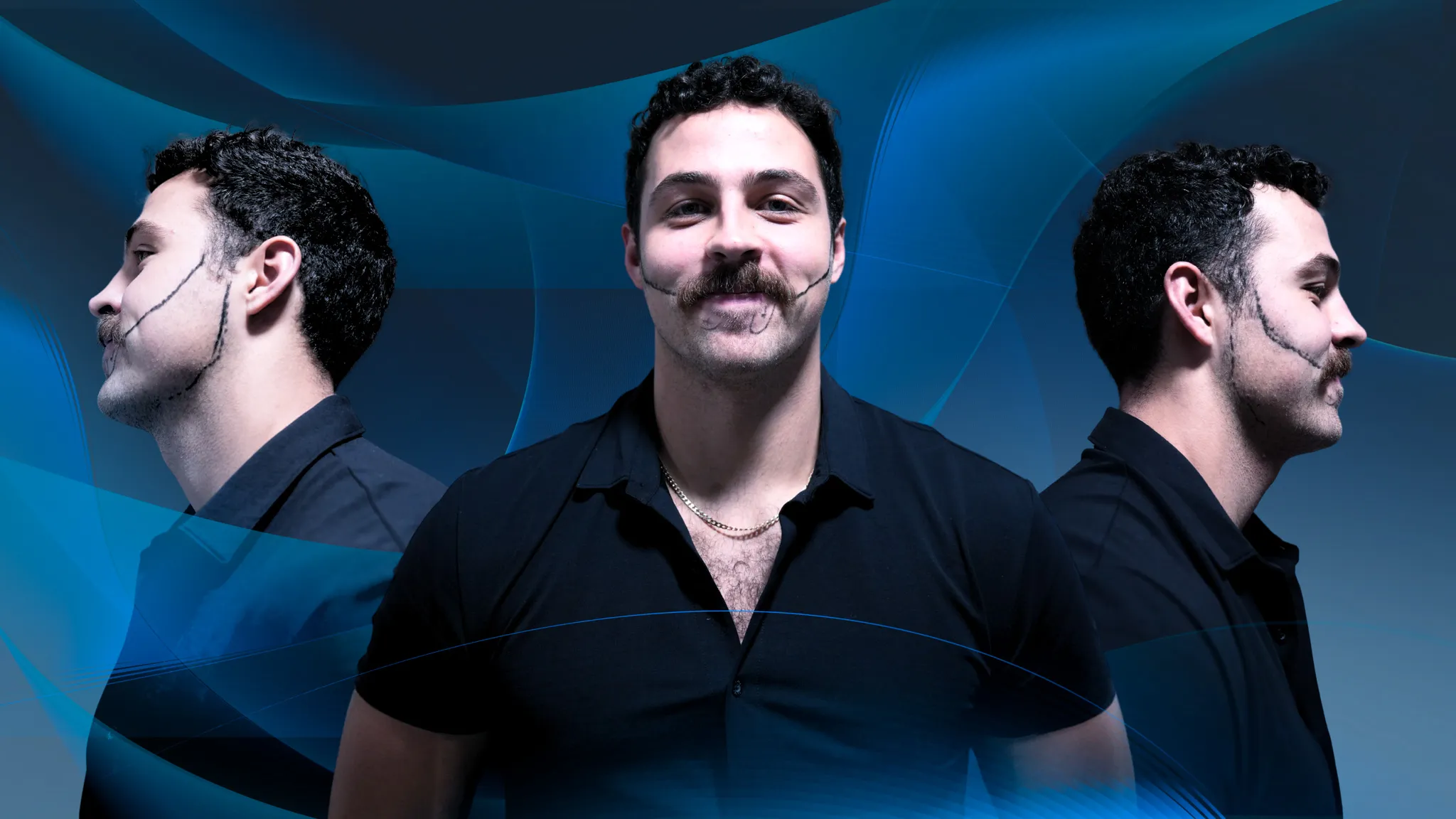Nose Deformity
Rhinoplasty is a minimally invasive surgical procedure performed to correct the excessive arched structure in the nose and to create a more symmetrical and aesthetic nasal profile by removing the drooping of the nasal tip. This method is performed by surgical intervention to correct nasal deformities, but the healing process is usually fast. Over time, due to aging, genetic factors or trauma, the nose may develop a significant deformity or asymmetry; this technique solves these problems and gives the nasal structure a more balanced and aesthetic appearance. The procedure is performed under general anesthesia and the desired results are achieved with fine adjustments specific to the nasal structure. Since the rhinoplasty procedure is minimally invasive, the healing process usually takes a few weeks. Most patients can return to their normal life after the procedure, but swelling and bruising in the nasal area will disappear within a few days. The results are long-term and leave a rejuvenating and symmetrical effect on the nasal structure. This method is an ideal solution for people who want to correct the unsymmetrical appearance of the nose and achieve a nose profile that is compatible with facial features.
Package Contents
Free medical counselling


What is Rhinoplasty?
Rhinoplasty is a surgical procedure performed to correct nasal deformities and create an aesthetic nasal profile. Nasal deformities may occur as a result of genetic factors, aging, accidents or traumas. Rhinoplasty corrects problems such as nasal arch, low nasal tip, asymmetry and provides a more harmonious, aesthetic nose appearance.
Suitable Candidates for Rhinoplasty
Rhinoplasty is suitable for people who have problems with the shape of the nose and want to achieve a more symmetrical, natural and aesthetic nose profile. In addition, people with nasal arches, low nasal tip or breathing difficulties can also benefit from this treatment. Rhinoplasty is a preferred solution for both functional and aesthetic purposes.
How is Rhinoplasty Applied?
Rhinoplasty is a surgical procedure performed to correct defects in the bridge, tip or structure of the nose. The procedure is usually performed under general anesthesia and takes an average of 1-2 hours. Rhinoplasty can be performed with open or closed methods. After the procedure, the shape of the nose becomes apparent immediately, but the final results appear within a few months.
Necessity of Rhinoplasty
Rhinoplasty is performed to correct aesthetic and functional problems related to nasal deformities, nasal bridge or tip. This procedure creates a more symmetrical, natural and harmonious nasal profile with facial features. Rhinoplasty can also be beneficial for people with respiratory problems.
Rhinoplasty Stages
- Examination and Planning: The specialist creates a personalized treatment plan by evaluating the nasal structure and determines which method is most appropriate.
- Application: Rhinoplasty is performed with open or closed methods. The bridge of the nose is filed, the tip of the nose is corrected and the shape of the nose is reshaped.
- Recovery Process: There may be swelling, bruising and tenderness in the nasal area after the procedure. These symptoms usually subside within a few weeks. It is important to follow your doctor’s recommendations during the healing process.
Advantages of Rhinoplasty
Rhinoplasty is an effective method to correct nasal deformities and create a more aesthetic nose profile. It provides an aesthetically symmetrical and natural nose. In addition, rhinoplasty can eliminate breathing problems and give a harmonious appearance with facial contours.
Post Rhinoplasty Care
After rhinoplasty, swelling and bruises may occur in the nose area. These usually disappear within a few days. You should follow your doctor’s recommendations to speed up the healing process after the procedure. It is also important to protect the nasal area, avoid excessive physical activity and avoid sunlight.
Does Nose Aesthetics Hurt?
Since Rhinoplasty is usually performed under anesthesia, no pain is felt during the procedure. However, there may be mild pain, swelling and bruising in the nasal area after the procedure. These discomforts are usually short-term and temporary.
Rhinoplasty Prices 2025
Rhinoplasty prices vary depending on the type of procedure, the application area, the techniques used and the level of expertise. After a preliminary interview with the specialist, you can determine your treatment options and get clear information about the price.
Important Information!


Fill in the form and we will take care of you!
Turkey



Germany



Italy



America



Holland



Dominica





